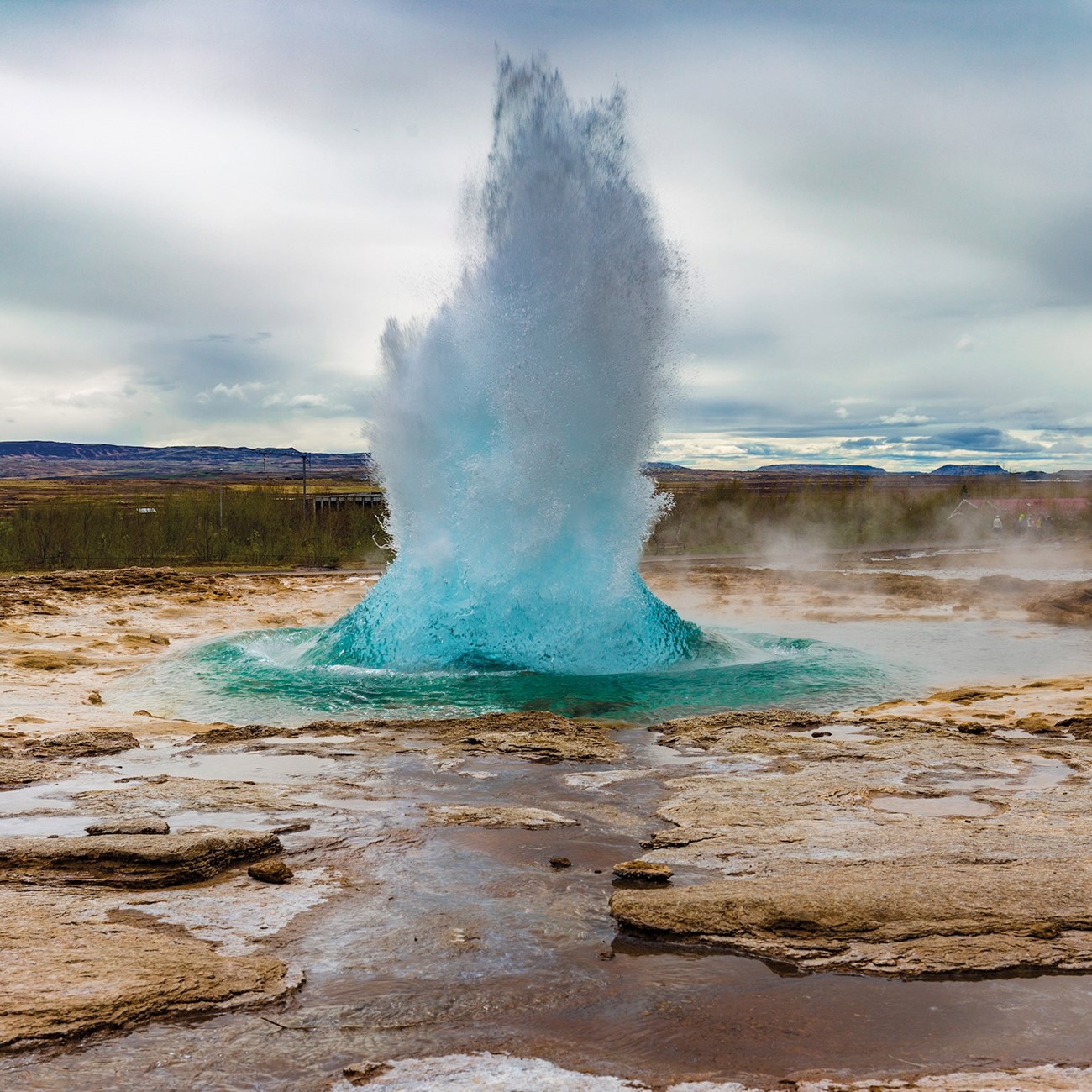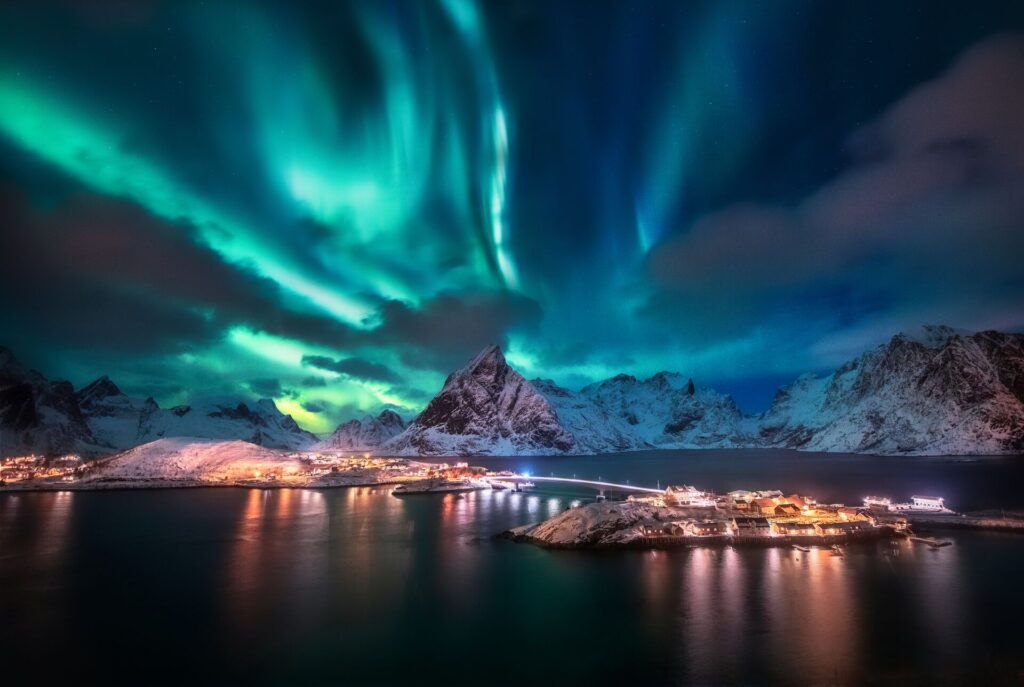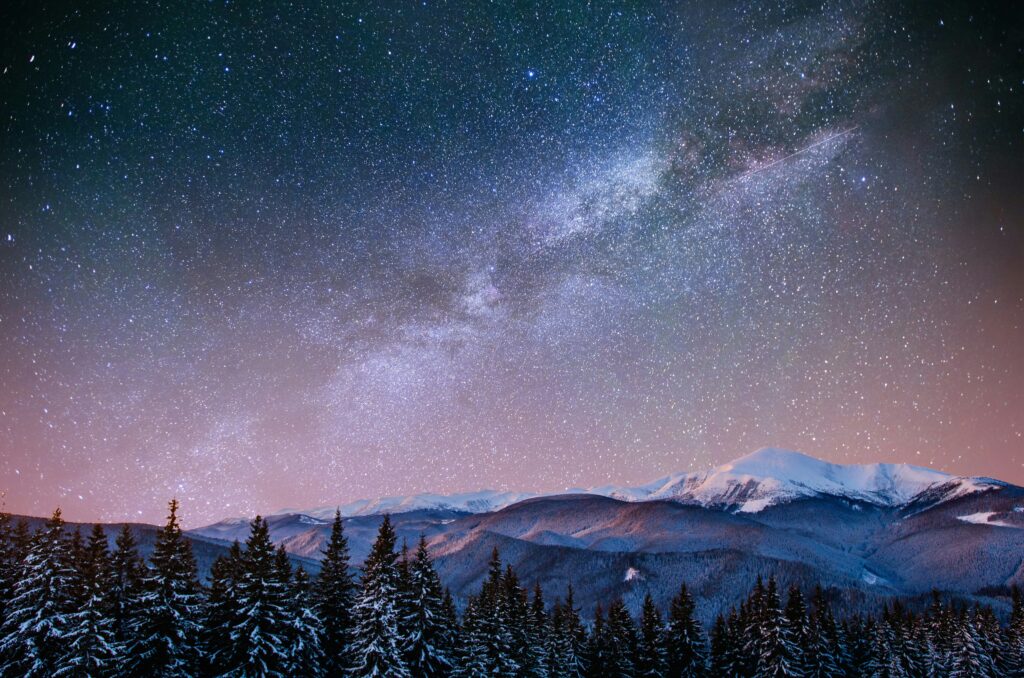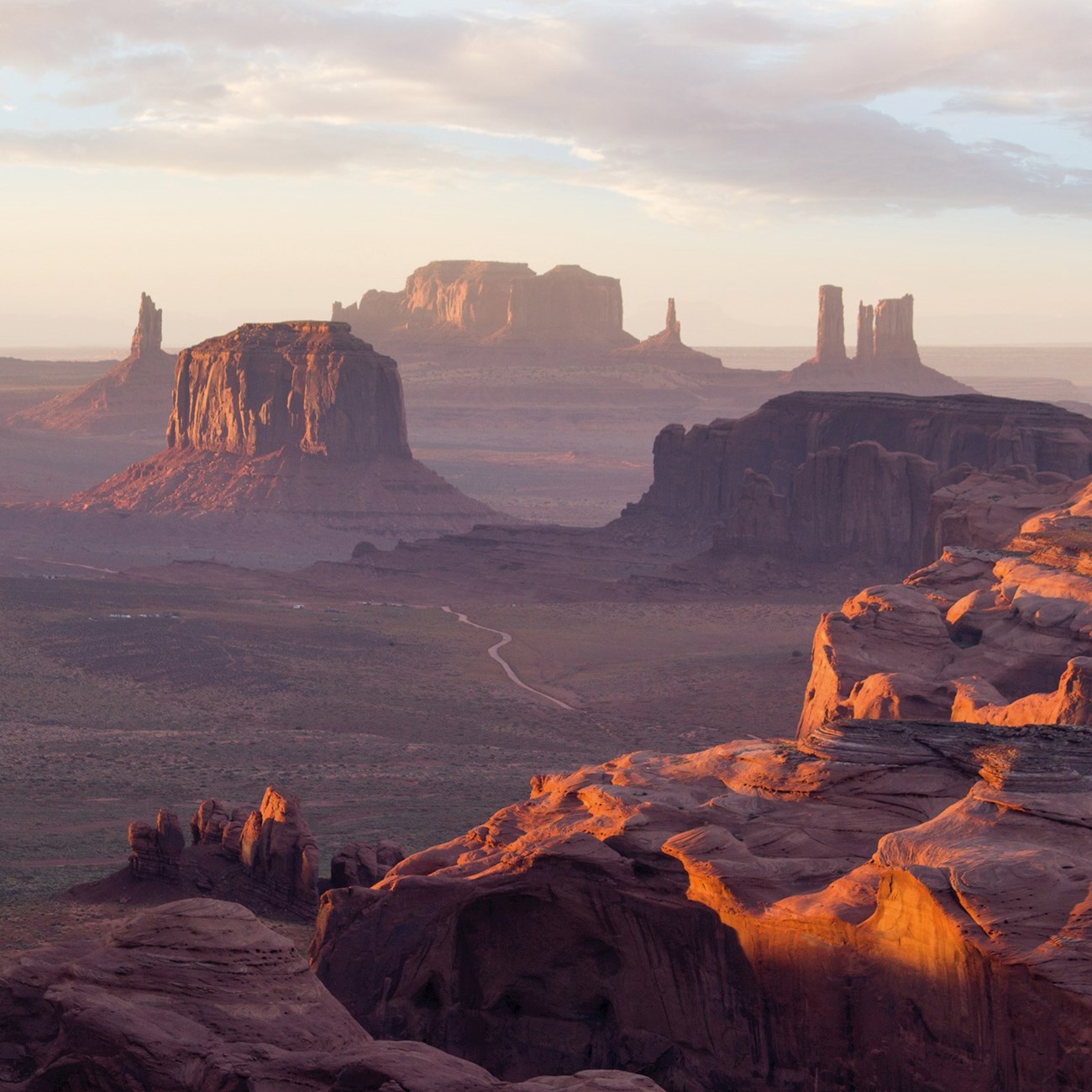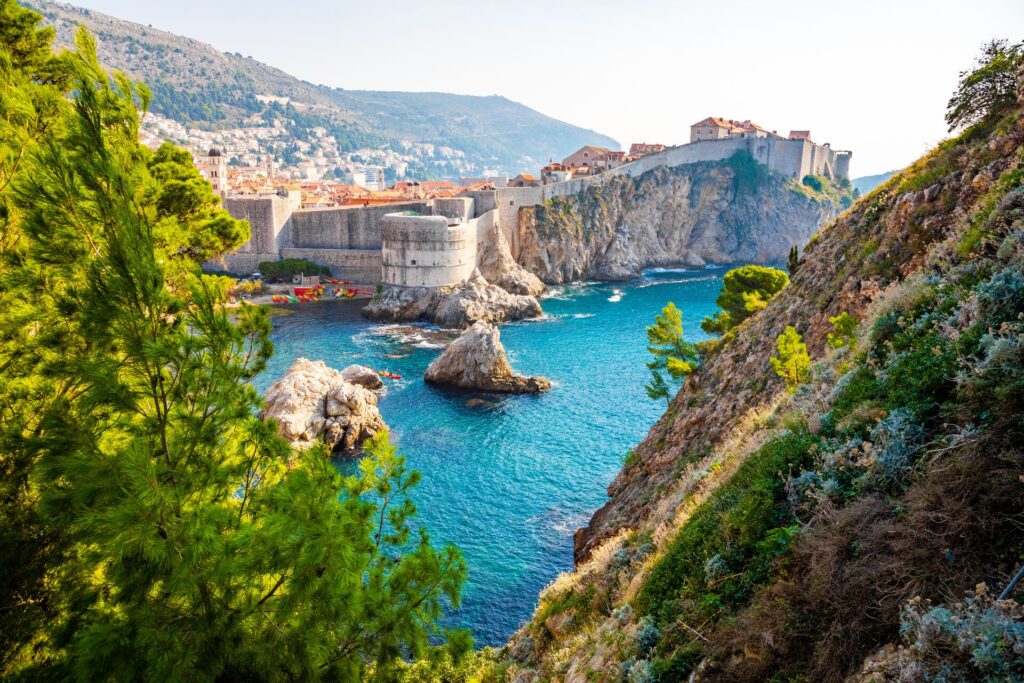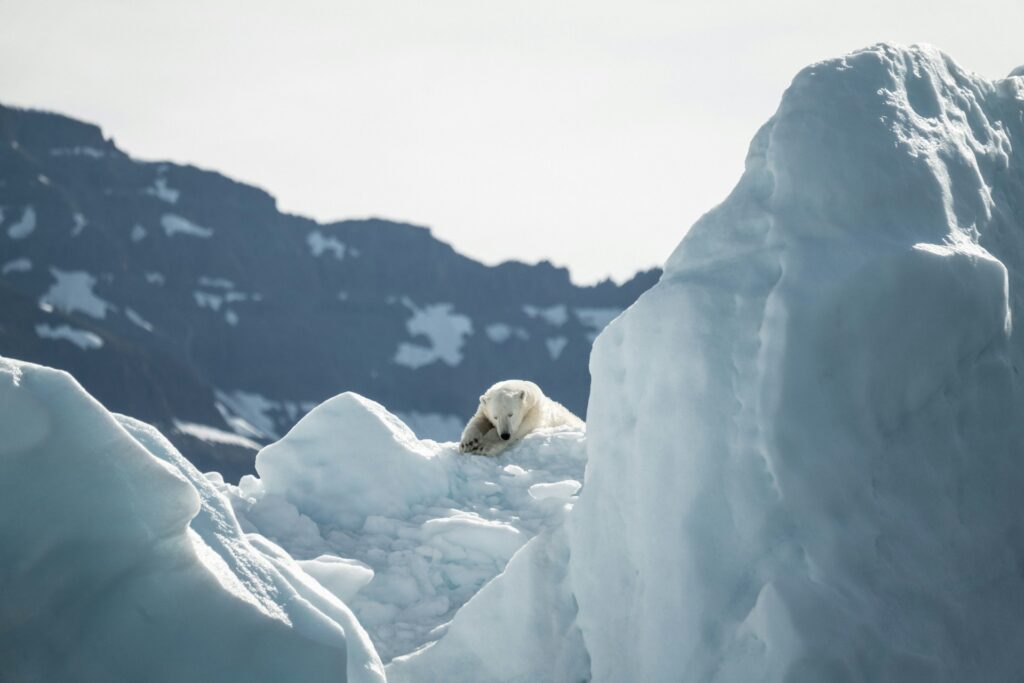When Is The Next Solar Eclipse? Your Astronomical FAQs Answered
From eclipse chasing to the northern lights, the emerging trend of traveling specifically to experience nighttime activities and attractions shines a whole new lens on the world. Uncovering unique experiences that are often overlooked during the day, it also influences the destinations we’re choosing. From the National Parks of the USA to Scandinavia and Alaska, there are many popular places to engage with the culture and atmosphere after dark. So, you may ask, when is the next solar eclipse and where is the best place to see the northern lights? To help you out we’ve answered your celestial questions so you can plan your travels.
The rise of ‘noctourism’
Noctourism, the trend of traveling specifically to experience nighttime activities and attractions, is tipped to be a huge travel trend this year. As travelers seek unique and immersive experiences beyond traditional sightseeing, noctourism offers a chance to explore destinations in a different light—literally and metaphorically.
A recent global survey of over 27,000 travelers revealed that nearly two out of three respondents have considered visiting “darker sky destinations” for various activities. These include stargazing (72%), experiencing once-in-a-lifetime cosmic events (59%), and tracking constellations (57%).
Cities and regions are capitalizing on this trend by promoting nighttime excursions such as guided night tours, rooftop dining, nightlife experiences and stargazing events. Worldwide, there are now over 200 Dark Sky Destinations, small protected areas where minimal light pollution creates a haven for stargazers.
Intrigued to learn more? To help you on your way, we address some of the most frequent questions asked regarding popular celestial events.
1. When is the next solar eclipse?
The next solar eclipse will take place on September 21, 2025. This partial eclipse will be visible in varying degrees from Australia, Antarctica, the Pacific Ocean and the Atlantic Ocean. The top spot, with 80% eclipse will peak close to Antarctica. However, you’ll need to be on a boat to view it.
On February 17, 2026, Antarctica will see an annual eclipse, in which the Moon obscures all but an outer ring of the Sun, with a partial eclipse visible in Africa, South America, Pacific Ocean, the Atlantic Ocean and the Indian Ocean.
The big date, in terms of more accessible locations for many is August 12, 2026. A total solar eclipse will be visible in Greenland, Iceland, Spain, Russia, and a small area of Portugal. The perfect time to take to the fjords of Greenland and western Iceland and northern Spain. This will be mainland Europe’s first total eclipse since 1999 will last for a maximum of 2 minutes 18 seconds. North America will experience a slight partial solar eclipse during this event.
2. When is the next lunar eclipse?
The next lunar eclipse will occur on the night of September 7-8, 2025, featuring a full lunar eclipse that will be visible across Europe, Africa, Asia, and Australia. This celestial event provides a fantastic opportunity for stargazers and astronomy enthusiasts to witness the moon transform into a captivating reddish hue, often referred to as a “blood moon.”
Following this, a total lunar eclipse is scheduled for March 23, 2026, which will be observable in Asia, Australia, the Pacific Islands, and the Americas. Both of these events promise to be stunning spectacles for anyone interested in the wonders of the night sky, so be sure to mark your calendars.
3. Where is the best place to see the Northern Lights?
To fully enjoy the enchanting spectacle of the Northern Lights, you need to travel to regions situated within the “auroral oval,” a band encircling the North Pole. Countries such as northern Norway, Iceland, Finland, Sweden, and parts of Canada and Alaska are prime destinations for witnessing this natural phenomenon.
Tromsø in Norway is renowned as one of the world’s top locations for viewing the Northern Lights, thanks to its position in the heart of the aurora zone. Other excellent spots include Swedish Lapland, Reykjavik in Iceland, and Fairbanks in Alaska.
Spring (March/April) and autumn (September/October) have the highest level of aurora activity. However, you can also spot the northern lights in November, December, January and February. The most vibrant displays typically occur between 9 PM and 2 AM, with peak sightings often between 11 PM and midnight, provided the night is clear and away from city lights.
SAVE UP TO $2,000 PER COUPLE* ON YOUR FIRST PREMIUM TOUR.
Plus receive latest offers, travel inspiration, and discover how your travels will make a positive impact. Together, WE MAKE TRAVEL MATTER®. Subscribe Now4. Where can I see the Milky Way?
To view the magnificent Milky Way, seek out a location with minimal light pollution, preferably in a designated dark sky area. During the summer months, direct your gaze towards the southern sky when the galactic core is most prominently visible.
A great place to enjoy the night sky is from a national park, particularly those in the western United States. Renowned for their exceptional dark skies, they’re ideal for stargazing, including the Grand Canyon National Park, Grand Teton National Park and Zion National Park.
You can also experience amazing night skies in the deserts such as the Wadi Rum desert in Jordan and the Sahara Desert. Clear, unobstructed skies offer extraordinary opportunities for stargazing enthusiasts.
5. When is the summer equinox?
The summer solstice, marking the longest day of the year, occurs on June 21, 2025, at 4:41 AM. This celestial event is celebrated worldwide with various traditions, festivals and holidays that embrace the warmth and energy of the sun.
One of the most iconic locations to celebrate is Stonehenge in Wiltshire, England, where thousands gather to witness the sunrise against the backdrop of the ancient stones, believed to be the site of ancient Druid ceremonies. In Ottawa, Canada, the Summer Solstice Indigenous Festival is not to be missed. Taking place over three days, the event combining the solstice celebration with National Indigenous Peoples Day, showcasing a rich diversity of cultures.Witnessing the sunset between the pyramids at Giza, Egypt, is also a moment no to be missed.
Reykjavik, Iceland is another great destination for summer solstice festivities. In June you can enjoy 21 hours of daylight to celebrate, filled with parties and cultural activities shortly after the nation’s Independence Day. Meanwhile, in Sweden, Midsummer is a significant celebration, observed on a Friday, where locals head to the countryside for traditional games, food, and festivities. Head to central Stockholm and the Stockholm Archipelago for the best public gatherings.
6. What’s the difference between a meteor and an asteroid?
Asteroids are larger celestial bodies orbiting the Sun, while meteors are the bright phenomena observed when smaller particles (meteoroids) enter the atmosphere (shooting stars).
Asteroids are primarily found in the Asteroid Belt between Mars and Jupiter. They can vary in size from a few meters to hundreds of kilometers in diameter. Asteroids are composed mainly of rock and metal and are remnants from the early solar system that did not coalesce into planets.
A meteor refers to the streak of light produced when a meteoroid (a fragment of an asteroid or a comet) enters Earth’s atmosphere and burns up due to friction with the air. If a meteoroid survives its passage through the atmosphere and lands on the Earth’s surface, it is then called a meteorite.
7. What are shooting stars?
The thrill of witnessing that sudden burst of light—a fleeting streak across the sky—always captivates, bringing a sense of wonder and joy. Shooting stars are meteors, formed when meteoroids enter Earth’s atmosphere at high speed, igniting in a brilliant flash of light. These tiny fragments of rock or, less commonly, metal are remnants left behind from asteroids colliding as they orbit the sun. Though a rarer event from our towns and cities, from a dark location on Earth such as a National Park, it’s possible to observe about six meteors per hour, randomly appearing overhead and darting across the sky.
Inspired to try some nighttime exploring? Take a look at our collection of premium guided tours and live out your celestial dreams in style.
LIKED THIS POST? SHARE WITH YOUR COMMUNITY
